Creative Strategies in Furniture Product Design
 May 14,2025
May 14,2025

 Topmax Furniture
Topmax Furniture
With the improvement of people's material living standards, people's living habits have inevitably risen from solving simple practicality to pursuing the comfort and beauty of products. Furniture product creativity comes from the material and spiritual needs of life, which in turn gives it a positive impact. Therefore, contemporary furniture manufacturers follow certain strategic principles, which have a positive guiding significance for the creative development of furniture products.
Methods for generating product creativity and strategies to meet product attributes
After years of research, contemporary furniture manufacturers have developed a series of methods to stimulate creative generation. The main methods currently used are quality analysis, demand evaluation, association analysis and group creativity analysis.
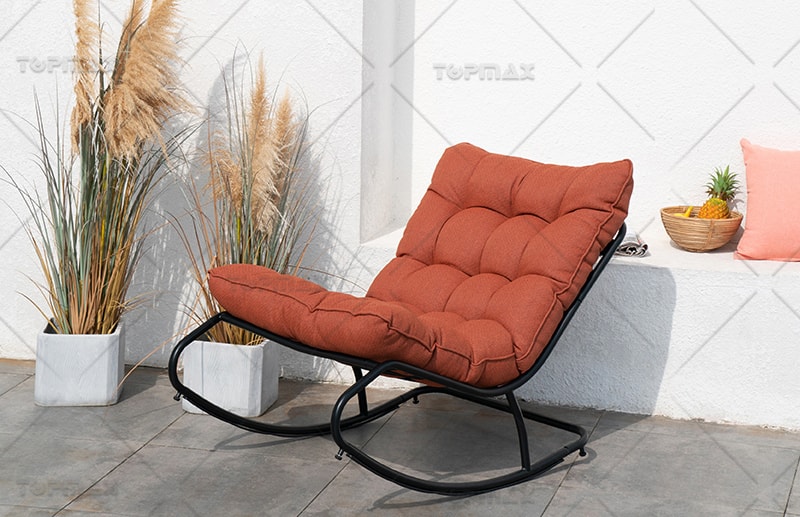
Quality analysis is to conduct a comprehensive investigation and analysis of existing products to generate new ideas.
Demand analysis is to construct new ideas based on market demand.
Association analysis focuses on the connection between things and generates new ideas by studying the relationship between them.
Group creativity analysis relies on group wisdom and joint innovation.
These four commonly used methods can be refined and extended to generate practical methods in the process of product creativity.
These creative methods of seeking novelty, fashion and perfection have brought unlimited creative space to furniture product design. On this basis, combined with product attribute strategies, contemporary furniture manufacturers create more beautiful furniture product images that fully meet people's physiological and psychological needs.
The creative attributes of furniture products include:
(1) Practicality
As a design product, it has practical value. Just like houses are used for living, chairs are used for people to sit, and tea cups are used for people to drink water, they all have their own purposes, and meeting these purposes is the mission of these products. As far as furniture is concerned, such as the design of chairs, no matter how beautiful the shape and color of the chair are, if it is uncomfortable to sit on, such a product has no value. Therefore, when contemporary furniture manufacturers design chairs, they must consider the size and shape of the human body when sitting, whether the material and structure of the chair are suitable for the weight of the person, and other aspects. According to actual data, find out the relationship between the product's use function and shape and structure. This is a problem that furniture products must solve in the early stage of creativity. In addition, the life of the product must also be considered. For chairs, there are wooden, steel pipe, rattan and bamboo, plastic and glass. The application of new materials makes the product structure completely different from the traditional form. Therefore, contemporary furniture manufacturers must always understand the performance of new materials and make original ideas. The above-mentioned contents all belong to the category of product practicality. It can be seen that practicality is one of the necessary conditions for furniture product creativity.
(2) Innovation
Innovation is the soul of furniture design. Only with innovation can we get products with novel structure, excellent performance, low price and competitiveness. The real mission of design is to improve the quality of living environment, meet new needs of human beings, and thus create a new lifestyle for people. The ultimate goal of innovative design is to meet the new desires of human beings in material and spiritual aspects through product design. If there is no innovation in product design, the product will lose its vitality. Designers should take creation as the premise, innovate boldly, bring new vitality to furniture, and make the value of furniture products have a qualitative leap. Especially in the fierce market competition, innovative design is one of the important factors for furniture products to gain competitive advantages.
(3) Pleasantness
The core of furniture product creativity is "people-oriented", and the results of design should fully adapt to and meet people's needs. In today's world where technology, market demand, aesthetic taste and other conditions are constantly changing, it is difficult to have a permanent standard for judging the quality of furniture product design. However, no matter how people's needs change, there is one constant in the design standards, that is, furniture product creativity should first focus on people's needs. When social and economic development is at a low level, people's requirements for furniture are only practical. When social and economic development reaches a certain level, people's demand for furniture products is gradually increasing. They not only require furniture to be safe, convenient and comfortable to use, but also to have psychological and spiritual and cultural needs.
The principle of pleasant design is to consider people's spiritual and emotional needs while meeting people's material needs. This principle integrates the requirements of furniture safety, convenience, comfort and appreciation, and emphasizes that the design should focus on the expansion and deepening of the internal environment of furniture. Through the function, shape and human-machine interface design of furniture, "humanization" factors are added to give furniture a "humanized" taste. Through the coordinated combination of various elements of furniture product creativity, furniture products that can trigger people's positive emotional experience and psychological feelings are designed.
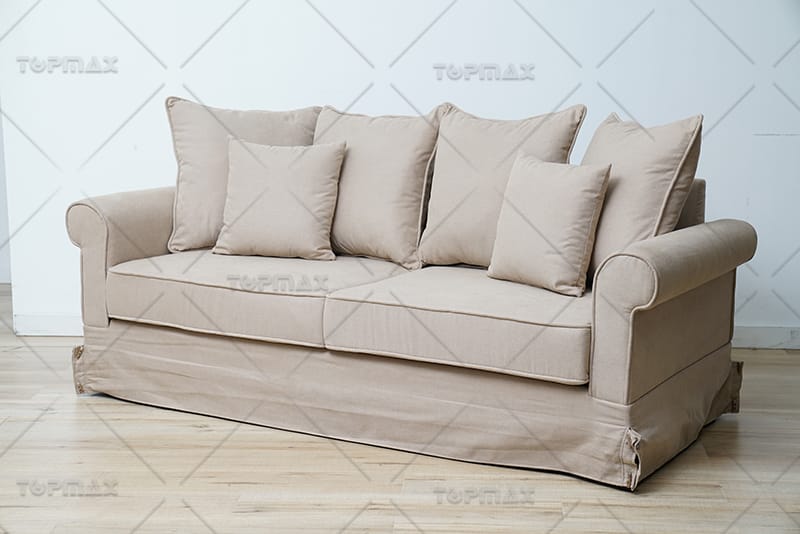
(4) Craftsmanship
The craftsmanship principle is an important factor that should be considered in furniture product creativity. Design issues cannot be considered only from the perspective of function, aesthetics and visual effects. The possibility of realizing the functional carrier must also be considered, that is, the manufacturing and molding process of the functional carrier, production technical conditions, the way of combining and connecting with the outside world, material selection, etc.
The craftsmanship of furniture mainly includes two forms: processing technology and decoration technology. Processing technology is the means by which furniture products can be realized, while decoration technology is the condition for perfecting the appearance of furniture. Since materials and processing methods will directly affect the style of furniture, and different materials will give people different visual and tactile feelings after different processing methods, contemporary furniture manufacturers are required to be familiar with the materials and skillfully use various processing technology methods. When designing, they should fully consider the effect of each process, express it from different angles, and organically combine the beauty of craftsmanship with the beauty of art.
(5) Art
The artistry of furniture mainly refers to its aesthetics, which includes the processing of form, color, texture, etc., as well as the coordination between the furniture itself, the supporting furniture, and the furniture and the building and environment. Moreover, the formal beauty of furniture appearance should be a comprehensive reflection of the laws of beauty, requiring a complete shape, moderate center of gravity, and appropriate proportions. It can not only reflect the beauty of balance, but also show balanced stability, neat and rigorous, but also static and dynamic, so as to achieve the harmony of points, lines, surfaces, bodies, colors, and textures of the overall shape. At the same time, the distribution of volume and the arrangement of space should be clearly layered and coordinated with the indoor space environment of the building.
While pursuing the formal beauty of furniture, it is worth noting that the artistic principle of furniture is based on the use function and material conditions. If the pursuit of formal beauty destroys the use function of furniture, then even if there is a beautiful shape image, it will become useless. On the contrary, if the use function of furniture is considered alone, and the psychological, physiological effects and visual effects of its shape image are ignored, it will appear monotonous and indifferent, and the emotional distance from people will become greater and greater. Such furniture will definitely be eliminated in modern society.
(6) Economy
When designing furniture products, contemporary furniture manufacturers should, on the one hand, obtain design solutions that meet people's needs at the lowest research and development cost, and try to propose a variety of different design concepts. After technical and economic evaluation, they should select the best solution. Furniture product design is linked to expected benefits, so that new furniture can save energy, reduce various consumptions, and ensure furniture quality requirements during mass production. Only by conducting feasibility analysis on this basis can the design solution be put into practice, enter trial production, mass production, and finally put on the market. On the other hand, the structural form of the functional carrier in the design should be as simple as possible, and the number of functional carriers should be as small as possible to organize processing, assembly, use and maintenance, thereby reducing development costs. In addition, when designing, attention should be paid to facilitating the recycling and reuse of parts, as well as realizing the serialization and standardization of products. In short, it is necessary to design and manufacture furniture products with the highest use value and the best aesthetic value at the lowest cost and the shortest cycle to obtain the greatest economic benefits.
It can be seen that furniture products that meet the above development strategies can be regarded as "excellent products", that is, they shift from focusing on practicality and functionality to caring for people, paying more and more attention to people's emotional needs, and paying attention to the protection of the environment and ecology. Excellent designs vary from country to country and from time to time. However, no matter how diverse the evaluation criteria for modern furniture design are, they must consider the innovative, scientific and social values of the product itself. The following are the evaluation criteria for excellent products in Germany, Japan and in general.
| Japan | Gemany | General |
| 1. Appearance | 1. Creativity | 1. Perfect functions |
| 2. Function | 2. Practicality | 2. Innovative design |
| 3. Quality | 3. Beauty | 3. Reasonable price |
| 4. Safety | 4. Understandable | 4. Full use of space |
| 5. Others (mass production) | 5. Highlighting people | 5. Convenient operation |
| 6. Eternity | 6. Safe and reliable | |
| 7. Attention to detail | 7. Serialization and diversity | |
| 8. Simplicity | 8. Material characteristics and recycling | |
| 9. Dealing with ecological balance and protection | 9. Reasonable configuration with the environment |
Grasp the source of product creativity and strategies to meet market demand
The creativity of new products mainly comes from within the enterprise and upstream product development.
New product creativity is the basis and guarantee for generating effective product concepts, and the market is the standard for testing the quality of products. The strategies to meet market demand mainly include the following aspects:
(1) Quick response
Today's market is both a market that pursues brands and a market that makes huge profits in a short period of time. Modern enterprise systems and systems must have rapid response mechanisms and capabilities, including R&D design, processing and manufacturing, transportation, sales, training and maintenance, especially a series of development mechanisms for product design and production in a very short period of time.
(2) Control the situation
Contemporary furniture manufacturers should timely and fully grasp the consumer groups, styles, hot-selling varieties and user feedback of relevant products in the market, so as to make the products they design and manufacture more mainstream and popular. They should also grasp the product characteristics, advertising and marketing methods and consumer feedback on each company's products of other peer companies at home and abroad, especially the new products planned, designed and developed by peers in the future, so as to make their own products market-forward-looking.
(3) Timely feedback
It mainly includes two points. One is market feedback; how to further improve existing products, how to increase market sales hotspots, and how to further develop series products. Market feedback can provide many truly valuable innovation bases and ideas. The second is user feedback; when developing new products in the future, even products with new functions and new uses that have not yet appeared on the market, the required information can be collected through the information feedback of the user population, and after analysis and collection, it can become a new source of creativity.
(4) Guide the market
Analyze the development law of the market, pay attention to the changing trends of consumers, formulate their own future-oriented product design decision-making direction from the perspectives of society, economy, culture, fashion, customs, domestic and foreign exchanges, the industrialization of the latest scientific and technological achievements, and the development of new products by other enterprises in the industry, take the initiative to lead the market and move towards internationalization.
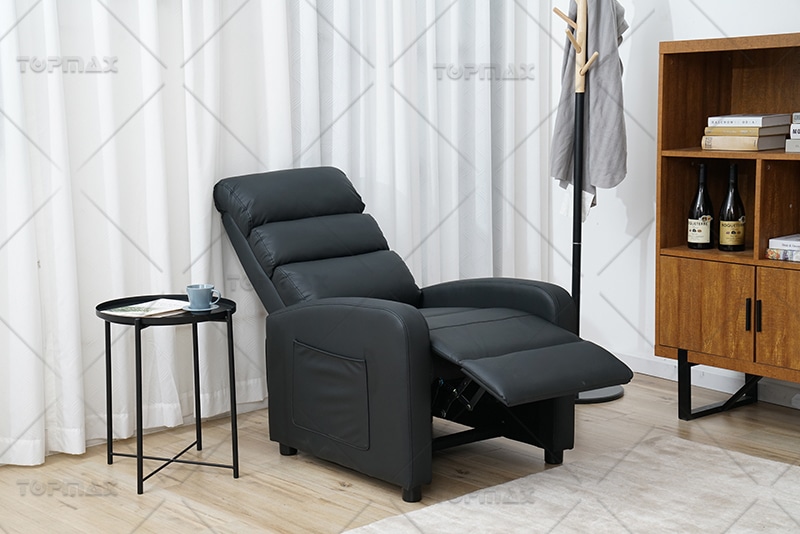
Design strategy for the future and leading fashion
Contemporary furniture manufacturers design future products to guide and predict the form and characteristics of future society with the scientific outlook on development. Therefore, the future-oriented product design strategy is based on green, environmental protection, energy conservation and emission reduction, care for nature, care for people and sustainable development.
Design strategy for the future and leading fashion can refer to the following aspects:
(1) Objectively examine current design
Products that are popular in the market have their reasons for existence. Visionary designers should calmly examine the positive and negative factors of market products in front of the noisy and flashy market appearance and objectively analyze and evaluate them.
(2) Pay attention to the characteristics of the product era
Analyzing the characteristics of the product era is not only to design products with the characteristics of the times for the current market, but more importantly, to judge the situation and use creative strategies in a targeted manner to prepare for future product design.
(3) Use product fashion elements
Starting from the fundamental concept of caring for people, entrepreneurs and designers with a sense of social responsibility, in addition to researching and analyzing the fashion elements that affect the hot-selling market of products, should more importantly advocate fashion elements that are beneficial to society, enterprises, families, individuals, and the friendly coexistence between people and things through product design.
(4) Study the value of product stages
Any product has its life cycle. Contemporary furniture manufacturers should conduct objective and calm analysis and investigation, concentrate on the market, study each stage of the product cycle, attach importance to and firmly grasp the birth and growth stages of the product, and resolutely abandon the decline stage to meet people's growing cultural, life and spiritual needs.
In short, design strategies involve each cycle in the product life, and creative activities are also the cross-repetition of knowledge learning, experience accumulation, market competition, and exploration, as well as the integration of collective wisdom.
 Inquire Now
Inquire Now



 Home
Home The Relationship Between Indoor Furniture and Furnishing Design
The Relationship Between Indoor Furniture and Furnishing Design  You May Also Like
You May Also Like 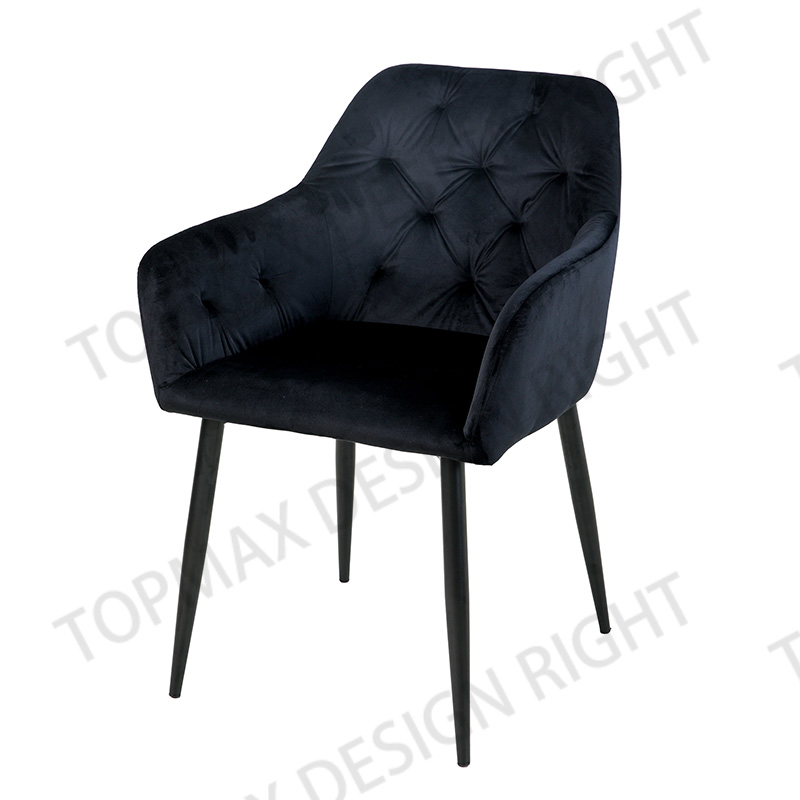

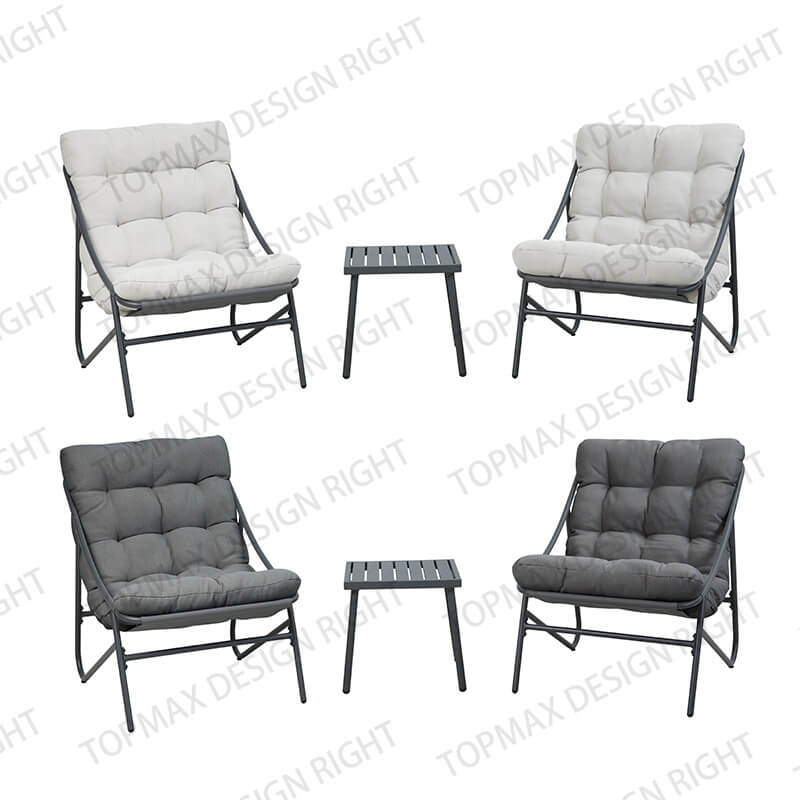
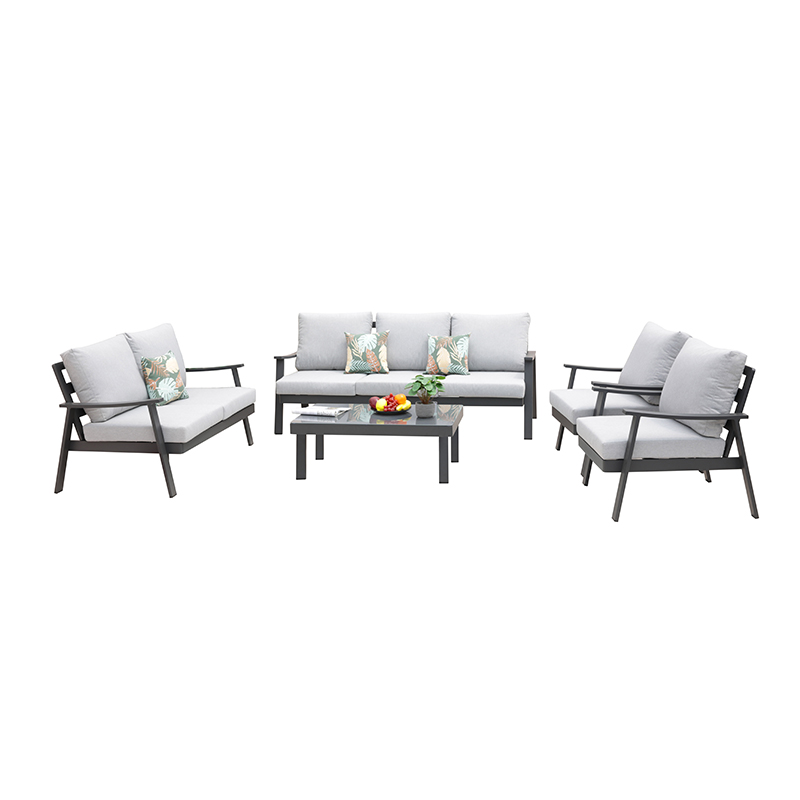
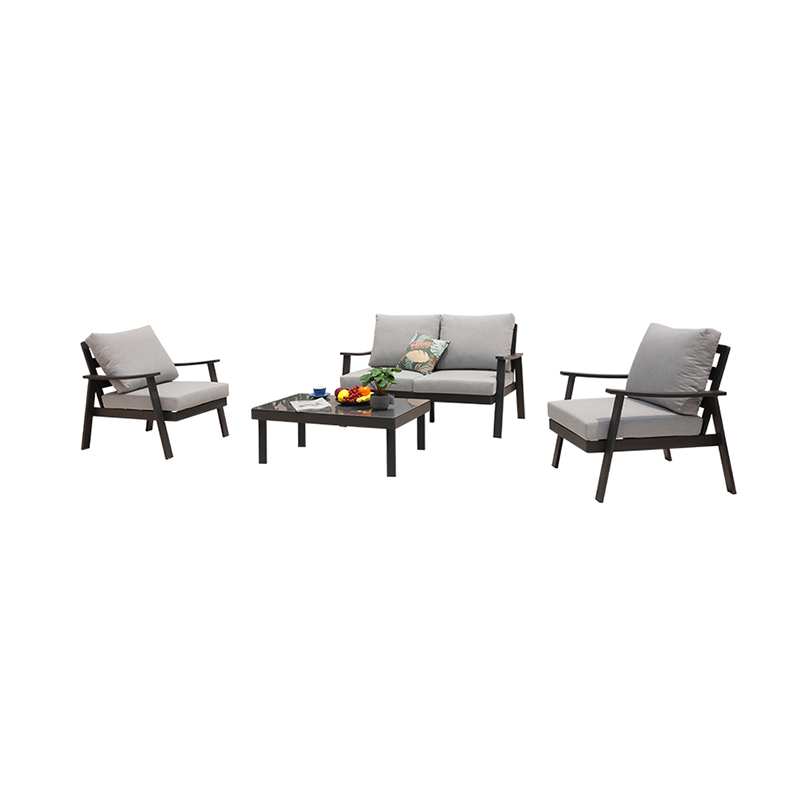
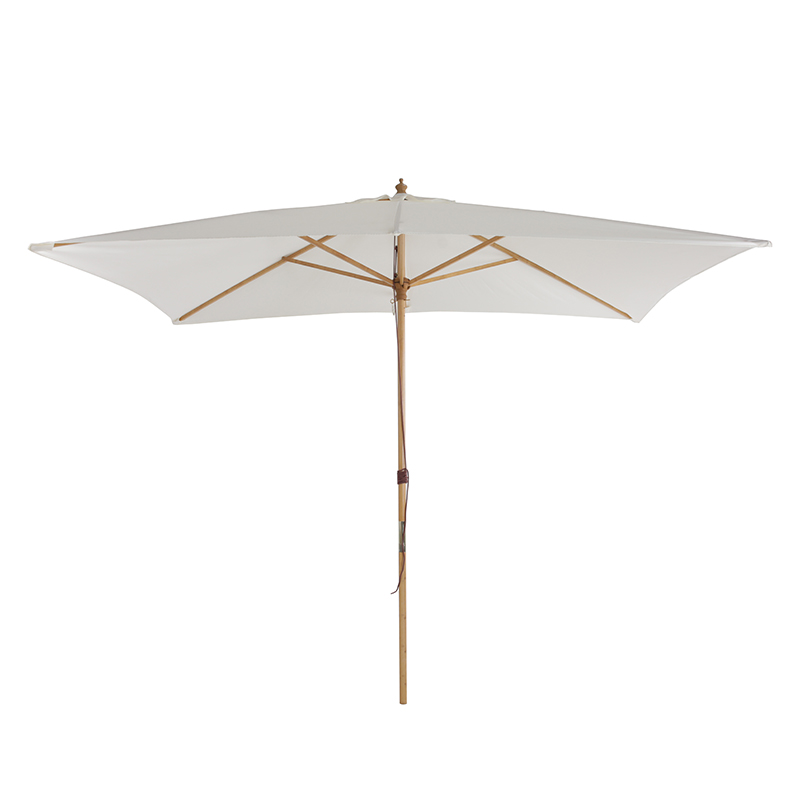
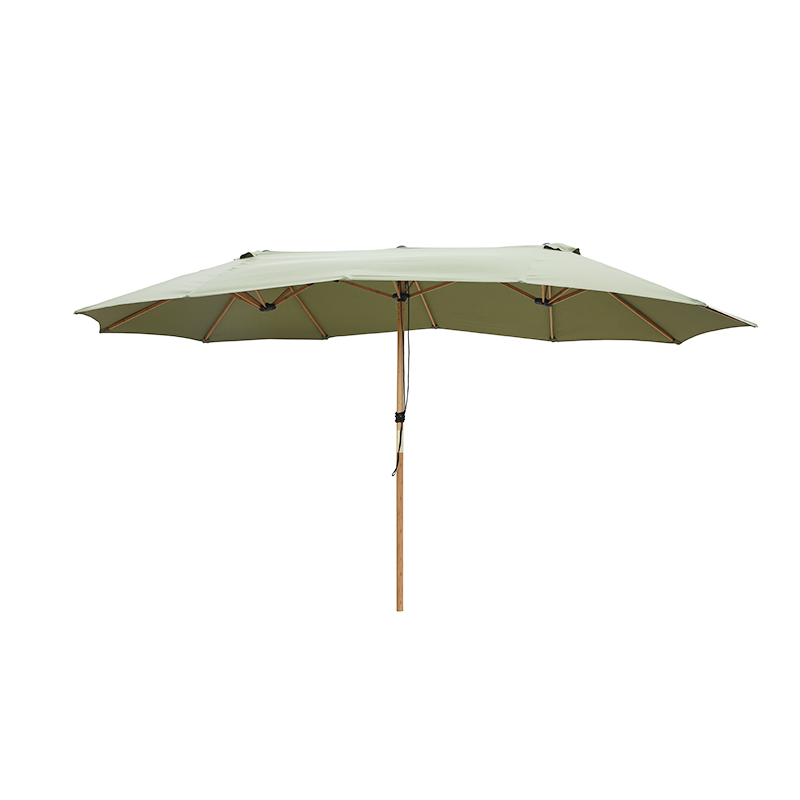
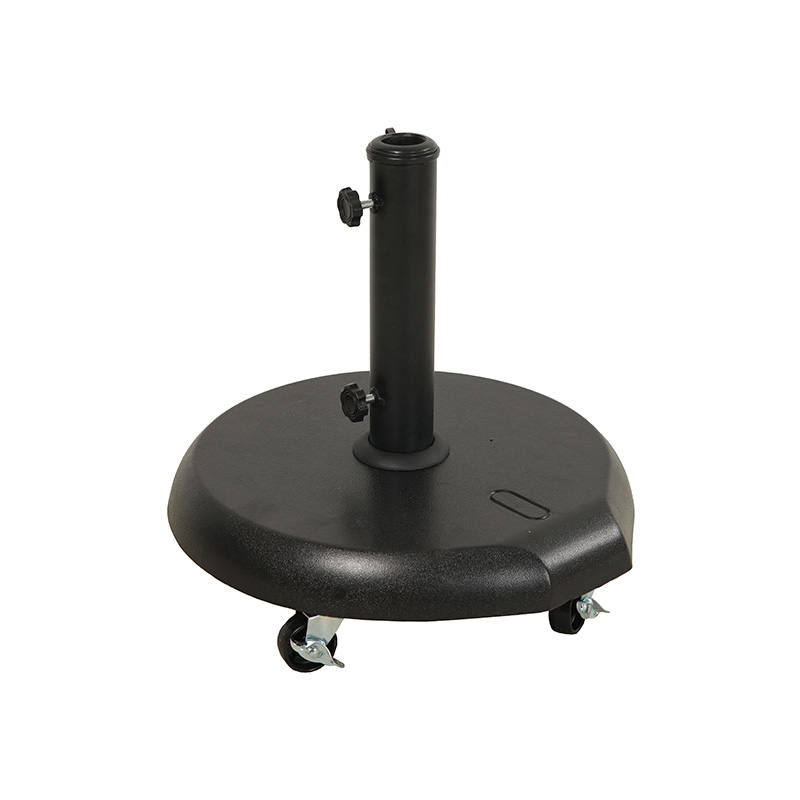
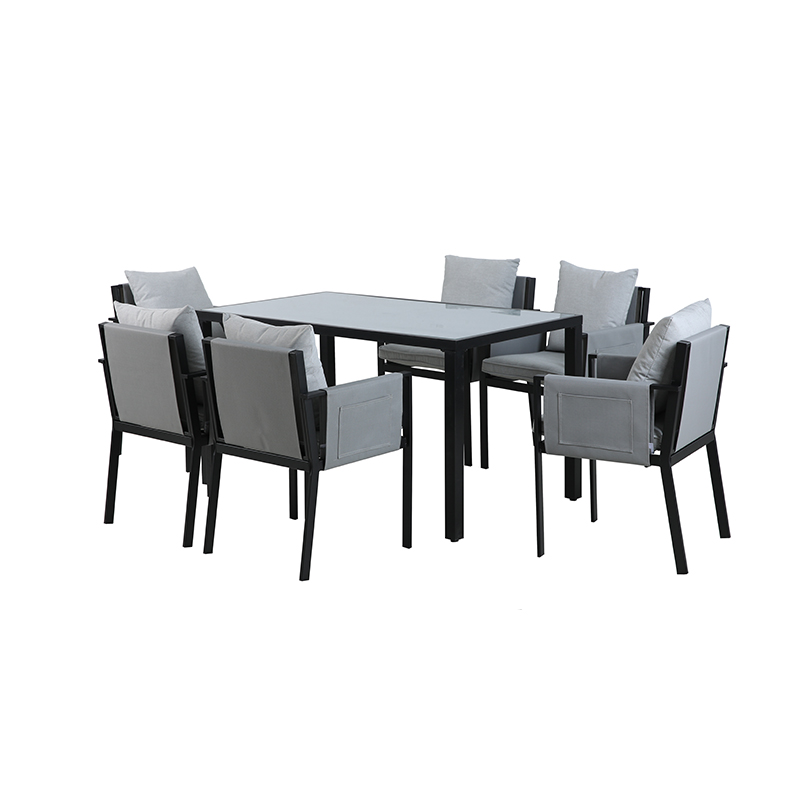
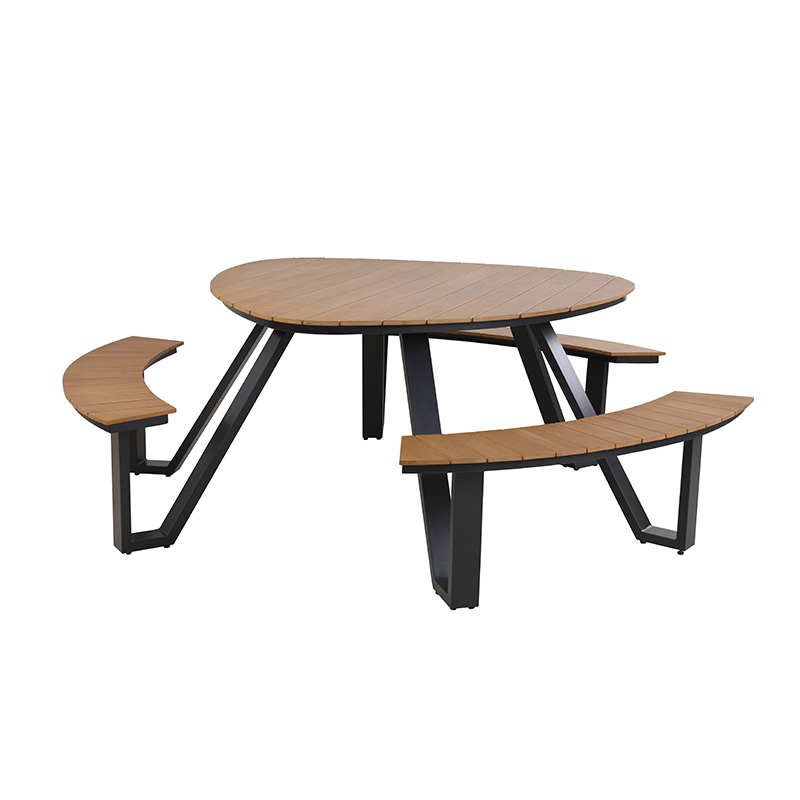

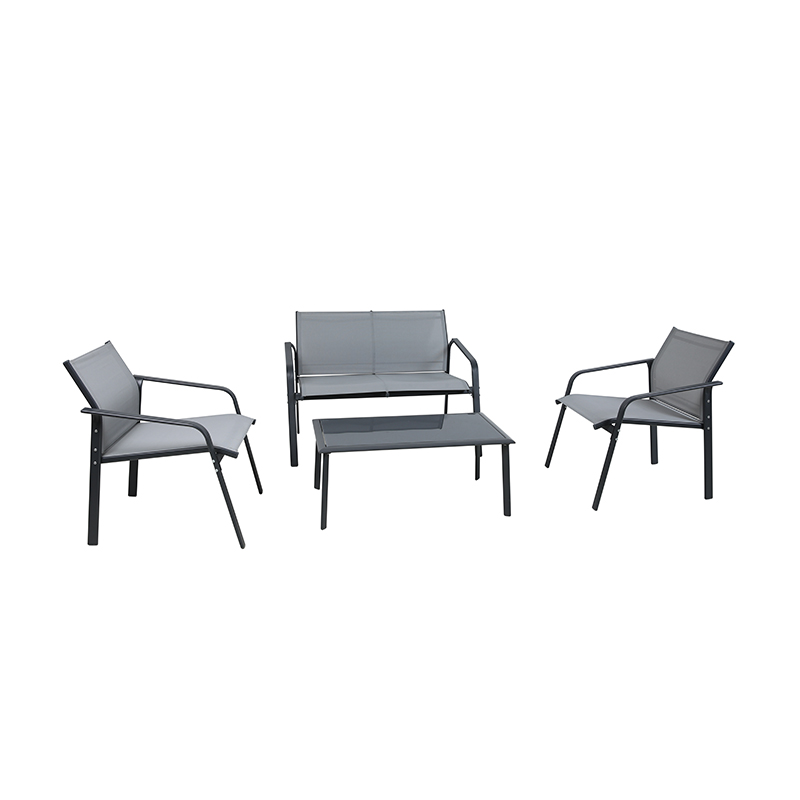
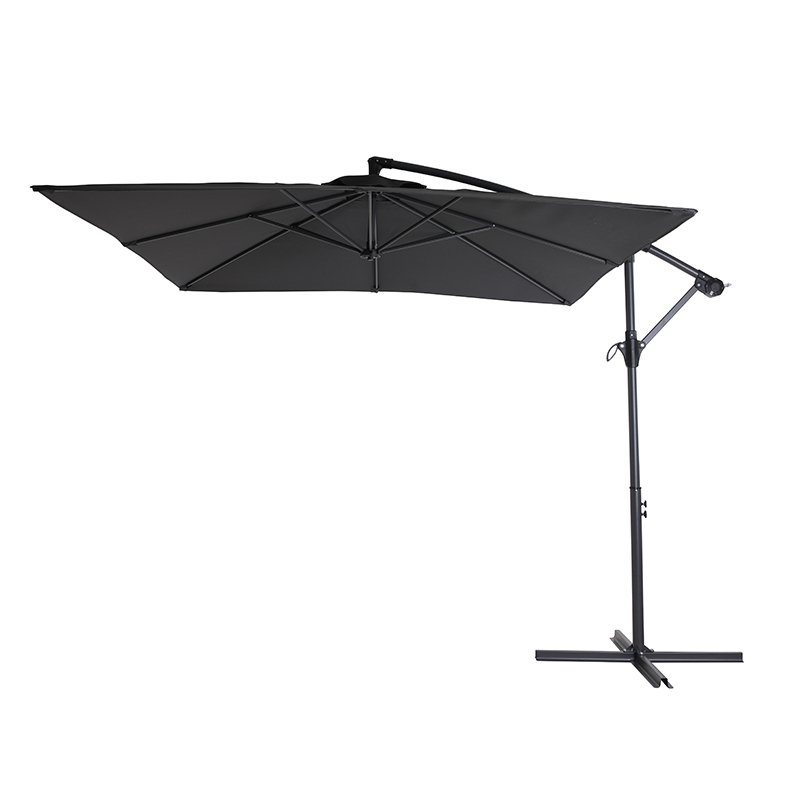


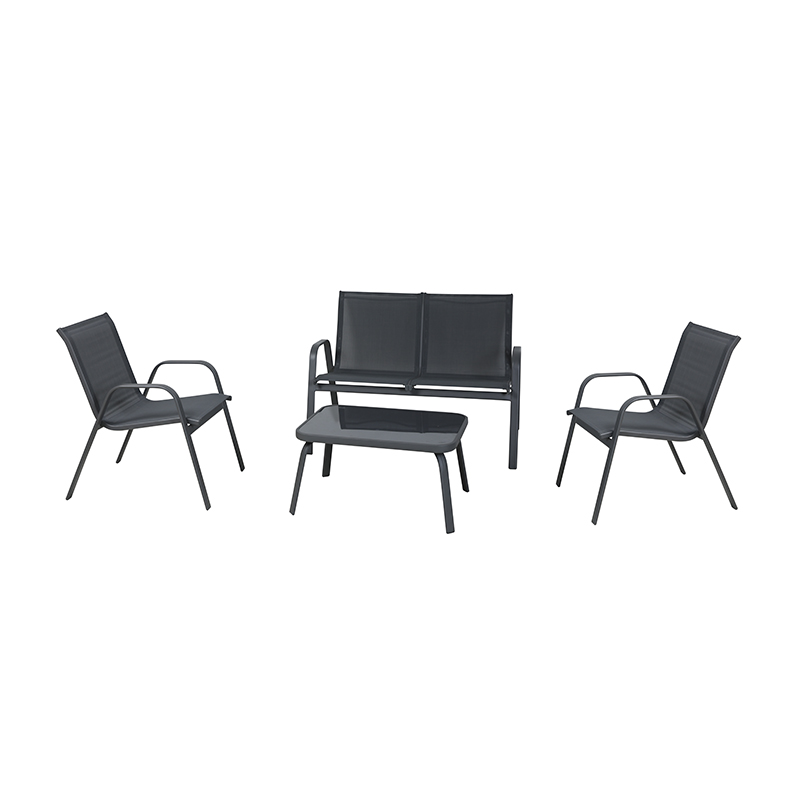
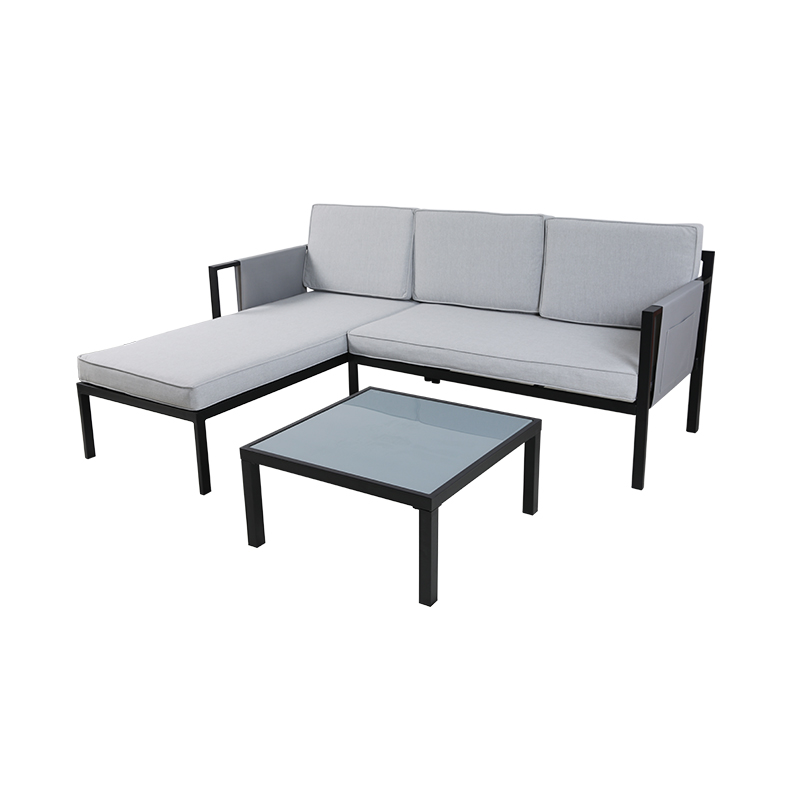
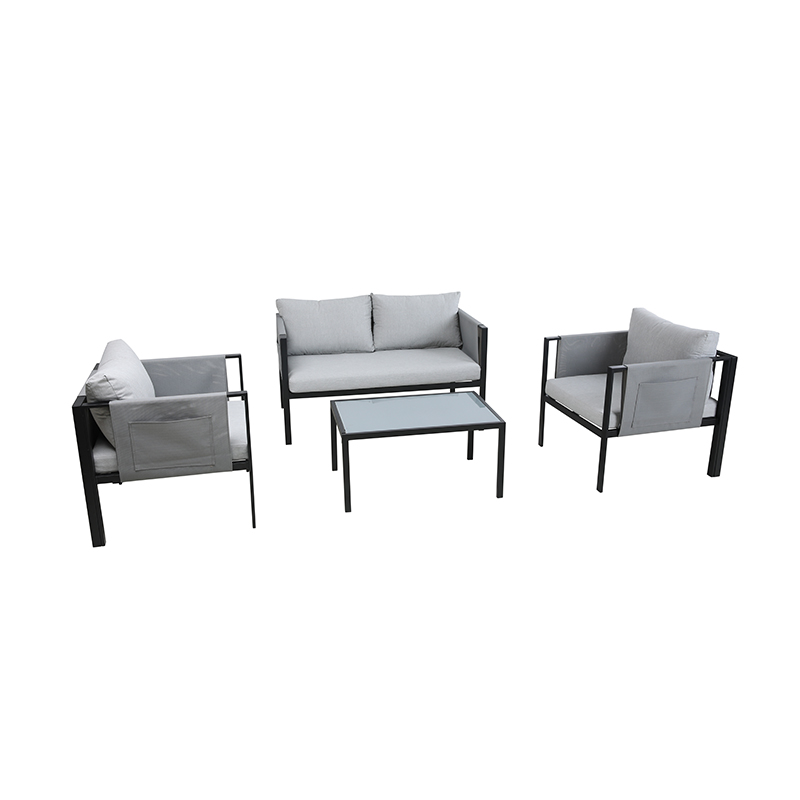
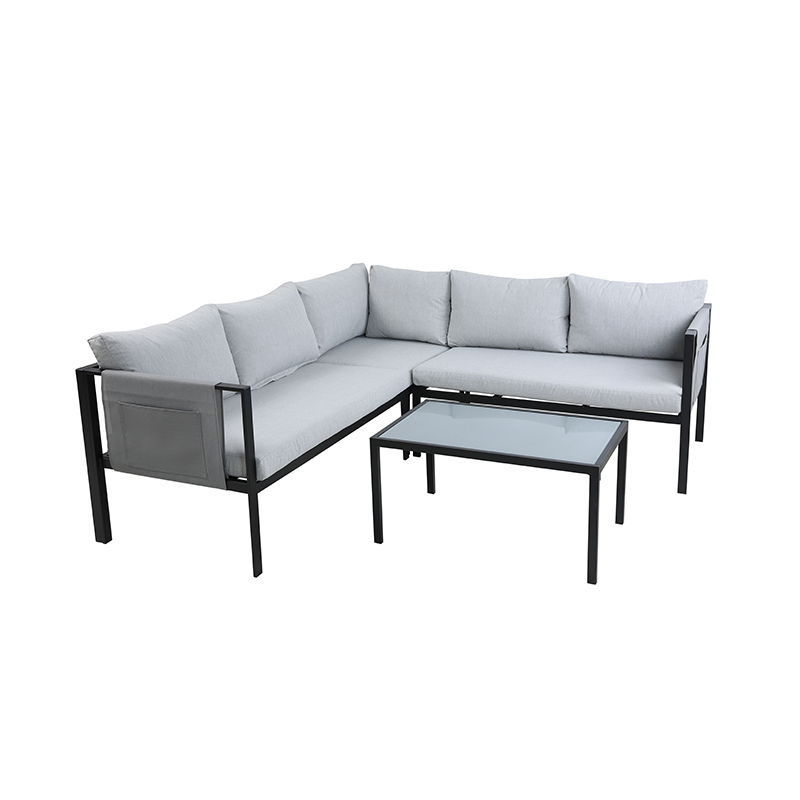
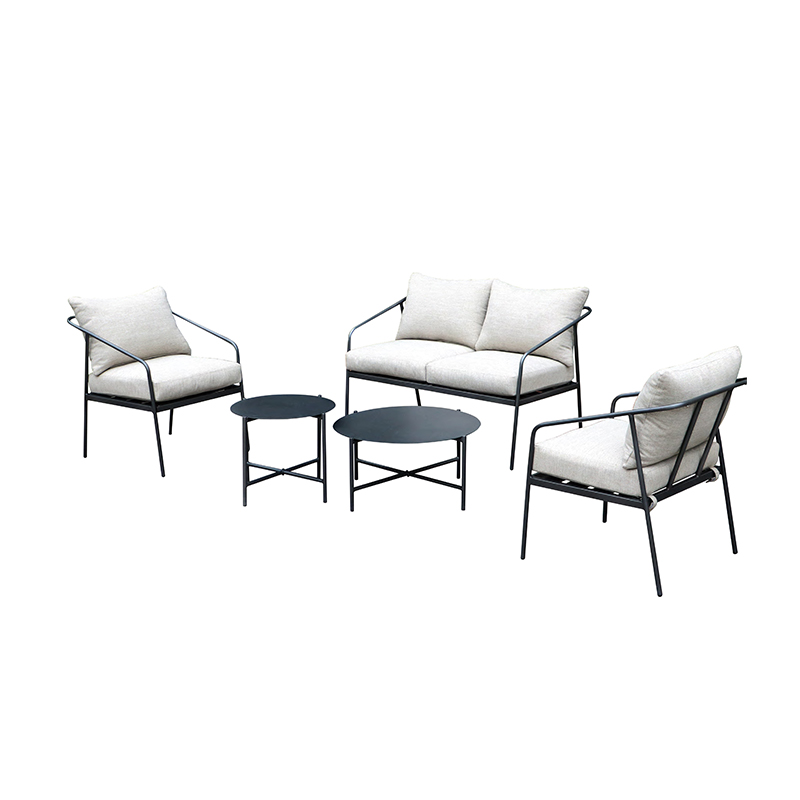
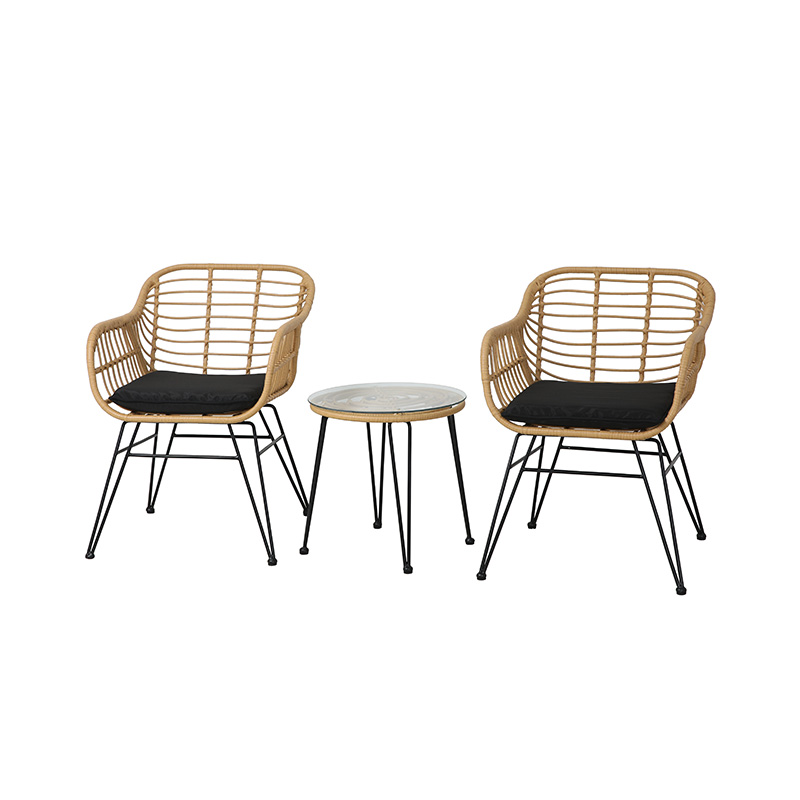

 Tel
Tel  Email
Email  ADDRESS
ADDRESS 














